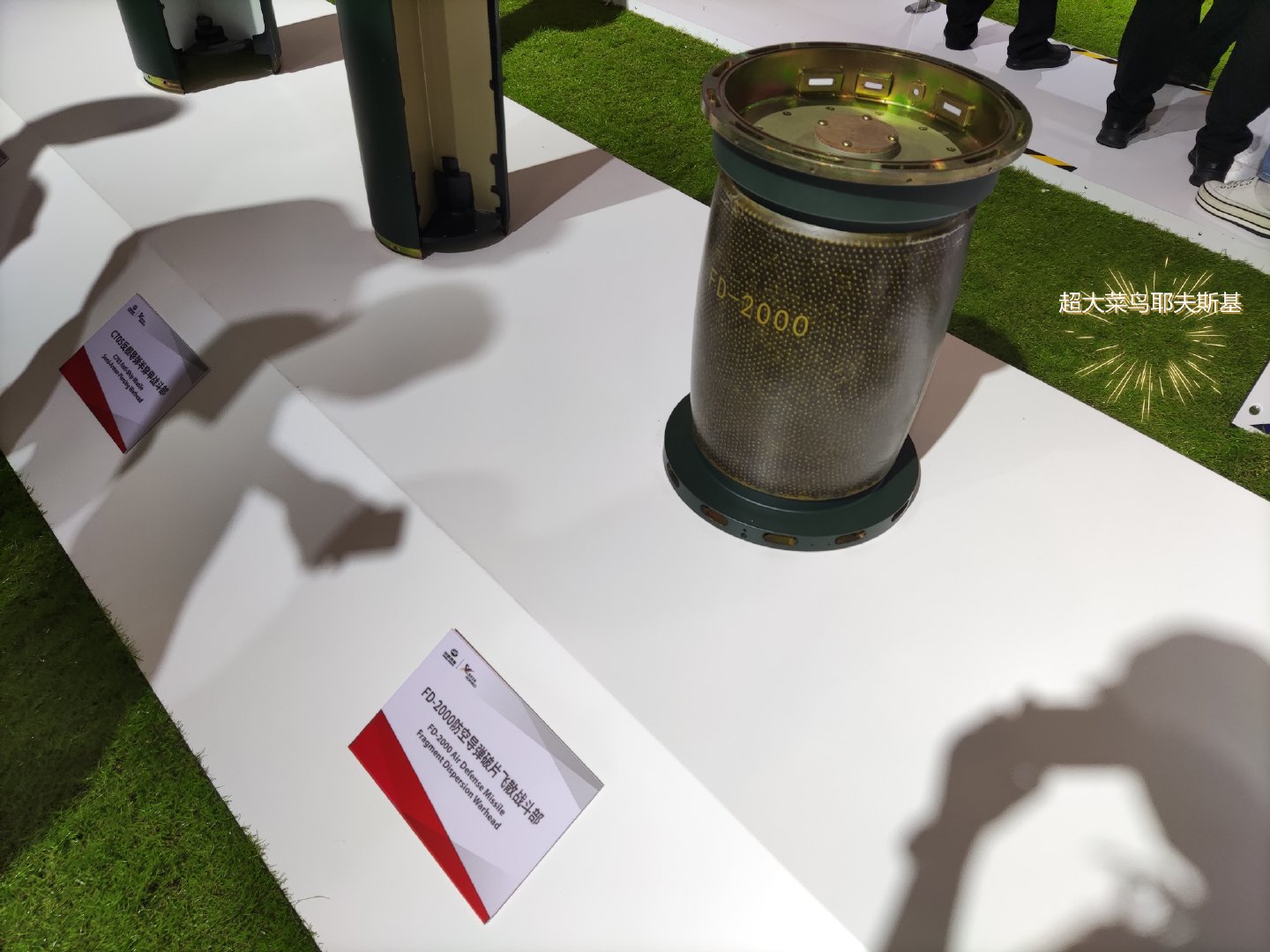by78
General
"Fragment Dispersion Warhead" for FD-2000.


Tungsten balls used in fragmentation warheads. The brochure appears to show the various shapes these balls can be fashioned into, likely by using a binder.

Last edited:
"Fragment Dispersion Warhead" for FD-2000.



"HQ-16 was co-developed with Almaz Antey"?
Where did you get the message? Is three any China official saying?
Does a Chinese official have to say something about it? Is there a physical law where something isn't true or doesn't exist until a Chinese official makes a statement saying it is so?
HQ-16 is developed from Buk missile system. In almost a similar vein as HQ-9 (the earliest type) is developed from S-300PMU system. These refer to the missiles themselves and does not include the radars and command/communication modules.
I don't have publicly available evidence that Almaz Antey was contracted for HQ-16 development but I haven't looked for it. It could exist even in public. Maybe someone can point to it but the timeline for HQ-16 stems from China's operational experience with Shtil missiles from Russian warships in the late 20th century. China wanted a medium range SAM similar to the Buk and it is suggested that Almaz Antey was contracted to develop a customised Buk version for the PLA. This resulted in the first HQ-16 missiles and since then, they've been further developed into at least another modernised land based version and a sea-based HHQ-16 for Type 054A.
The guidance of HQ-9 is more close to PAC-1/2, far from S-300PMU. You can distinguish that from fire control radar.
China imitates only Russia style launch system.
The guidance of HQ-9 is more close to PAC-1/2, far from S-300PMU. You can distinguish that from fire control radar.
China imitates only Russia style launch system.
Of all the things you decide to watch and post, why crux...
Lol because I want to find out if what they said on the video has any credibility or an air of truth since am not familiar with this type of weapon at all. ApologiesOf all the things you decide to watch and post, why crux...
